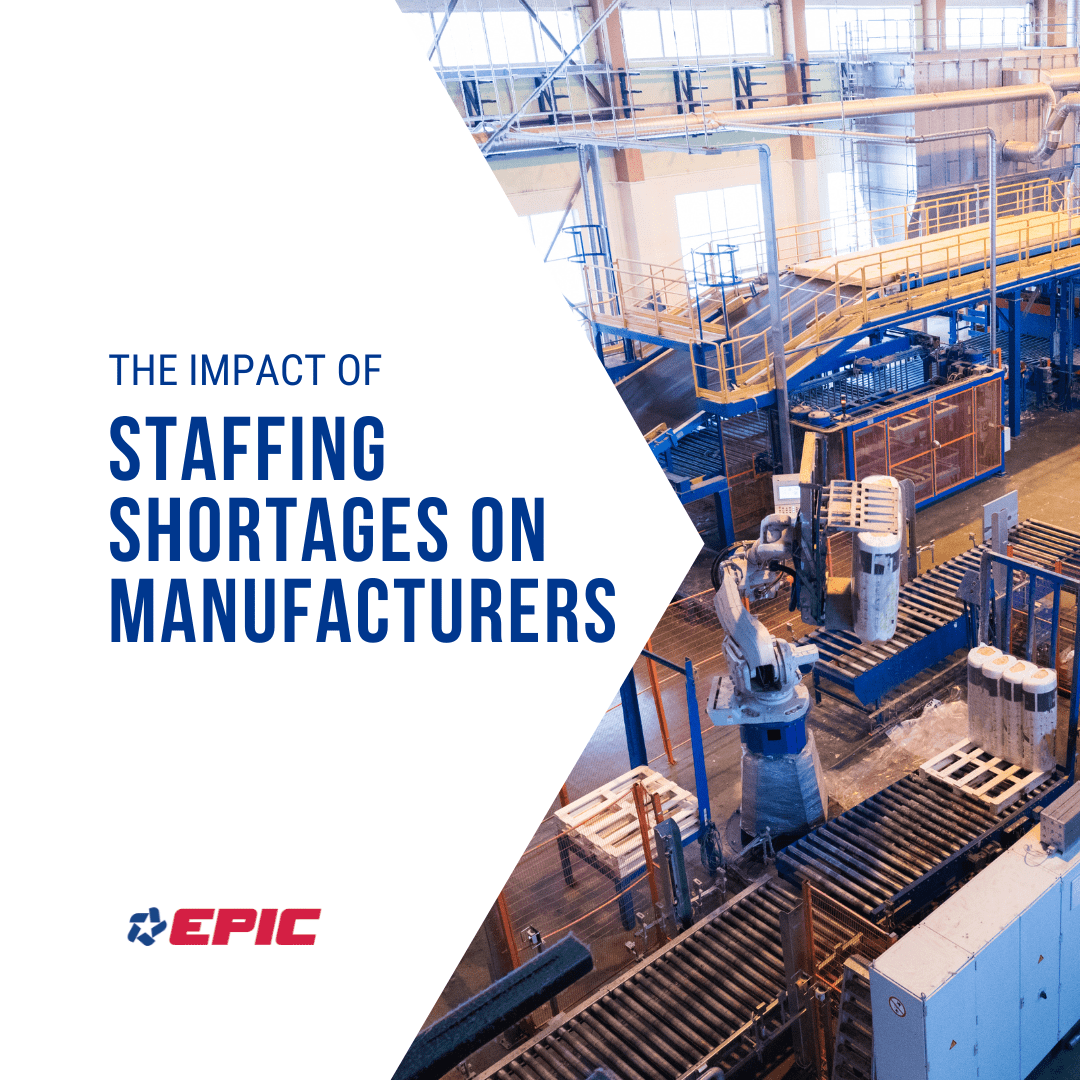One of the unexpected ramifications of the pandemic was a massive talent shortage. In 2022, 1 in 4 manufacturers state that staffing shortages are a critical issue for them. The manufacturing industry is still down over 500,000 jobs since the beginning of the COVID-19 pandemic, with most firms urgently seeking skilled labor.
According to the Border Industrial Association, staffing issues are the main reason why manufacturers in the association are unable to meet increasing demand.
Staffing Shortages Negatively Impact Bottom Line
Staffing shortages lead to a host of issues:
- Lower Product Quality – When employees are overworked, their job performance typically drops, leading to a drop in overall product quality. In extreme cases, this can even lead to a product recall.
- Work-Related Injuries – Working excessive hours can lead to employee burnout, among other physical & mental health challenges. These challenges make a workforce more injury-prone on average.
- Lost Productivity – Employees working excessive hours tend to suffer from burnout over the long-run. Burnout lowers productivity for both the individual, by reducing motivation & attention span, and the organization, by reducing employee retention and engagement.
- Union Strike – If a manufacturer is overworking their employees, they may attract the attention of a workers’ union and face a potential labor strike.
1 Way to Alleviate the Effects of Staffing Shortages: AUTOMATION
Automation, automation, automation is the solution when you can’t find people. The challenge is automation is a broad topic. At EPIC Systems, we see three areas consumer goods companies are really starting to innovate in their plant automations:
1. Automated Machine Vision Inspection:
Manually inspecting product is often both an ineffective & inefficient method of quality control in a manufacturing plant. Not only is this a redundant and taxing job for employees, but it also leaves manufacturers exposed to quality issues.
Automating product inspection through the implementation of a machine vision system is a great way to accurately inspect 100% of product before it leaves your facility.
2. Robotics:
With the ability to operate 24/7/365, robots have become more common in manufacturing facilities. Robotic applications can range from palletizing & de-palletizing, to pick & place material handling, to vision-guided robotics (VGR).
In addition to helping alleviate the effects of staffing shortages, implementing robotics into your plant can improve safety, increase throughput, and reduce downtime.
3. Process Optimization:
Designing your production plant for efficiency is another key way to overcome staffing shortages. Enlisting the help of a skilled process optimization consultant will help leverage your resources, while future-proofing your facility.
With staffing shortages becoming an increasingly difficult & expensive issue for manufacturers, process optimization and leveraging existing assets are more important than ever.
Staffing issues are complex and it does not appear the market trend will change in the near term. We are all working through these challenges together.
